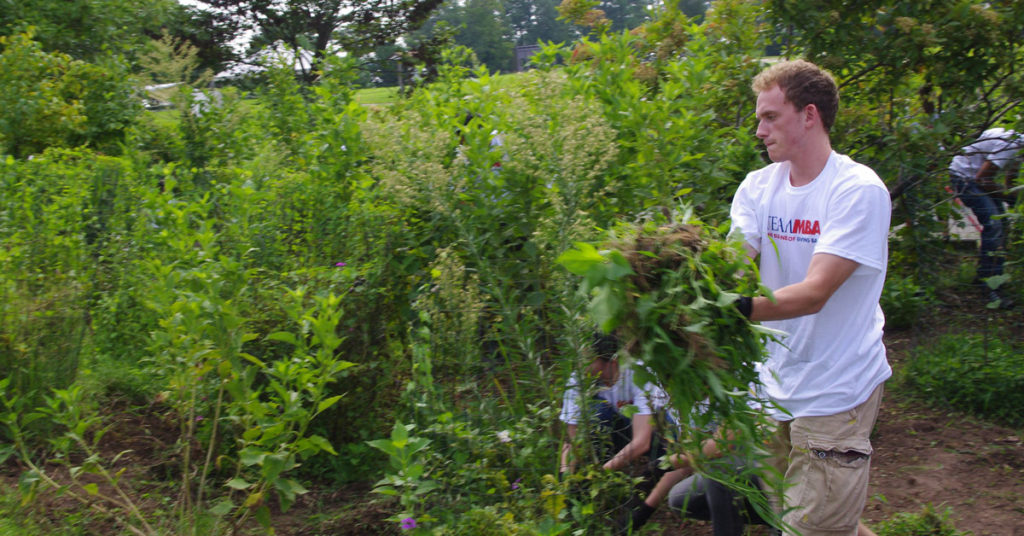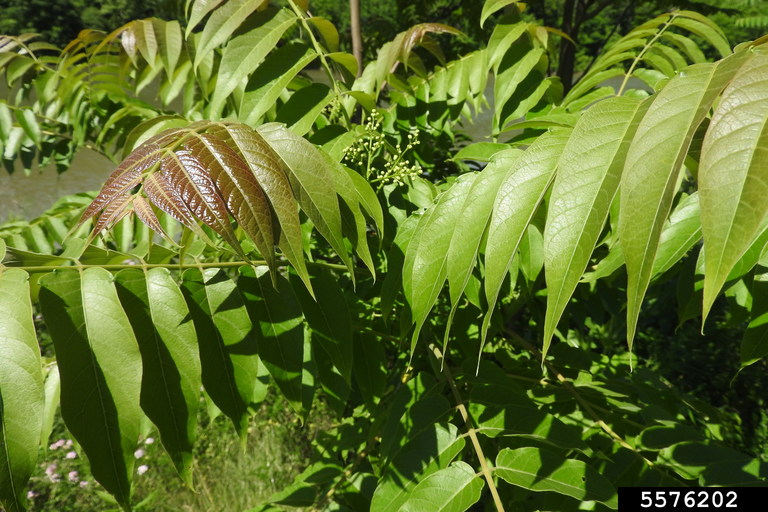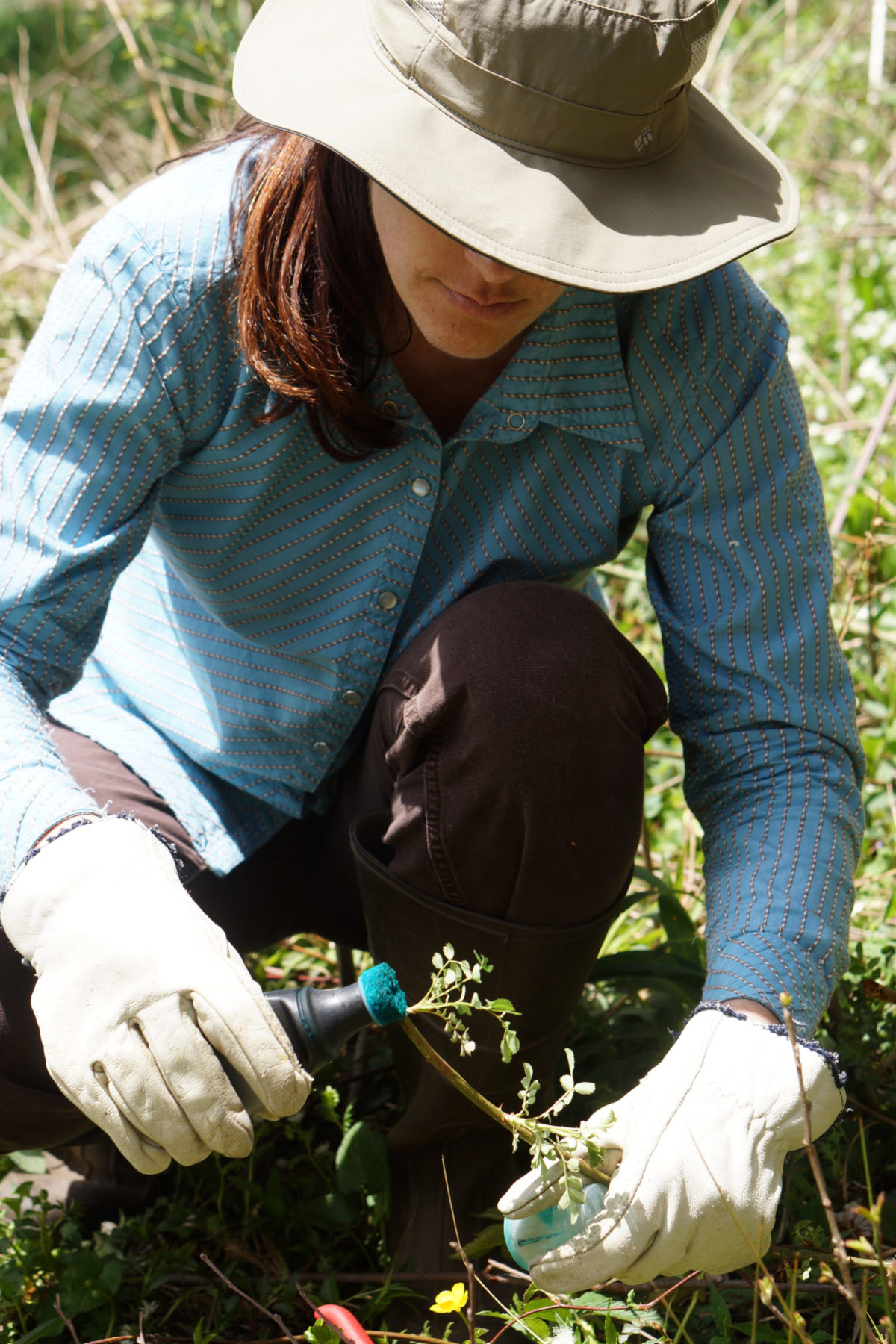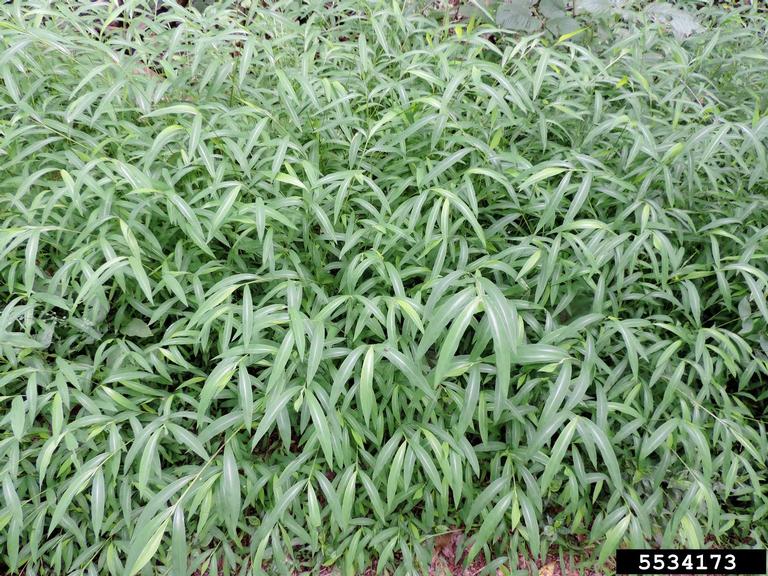
It can feel overwhelming to learn that there are invasive species on your property, but whether you own a large lot with hundreds of acres or just a small suburban yard, there are steps you can take to reduce the presence of invasives on your property.
If you own a large lot of land or you don’t feel that you have the time or energy to dedicate to removing invasive species, there are plenty of contractors and other resources who are able to help you restore your land. For a list of local invasive species removal specialists, see these resources.
If you’re among the many suburban homeowners who have noticed invasive species in your yard and you’d like to help local ecosystems become healthier, you may choose to manage the invasive species yourself. Here are some tips to help get you started.
1. Start by inventorying invasive species on your site and setting a list of priorities
First, you’ll want to identify what invasive species are in your yard. Websites like iNaturalist can help you identify invasive species using your phone camera.
After you’ve determined what invasives are in your yard, one of the first things to get under control are invasive species that have just recently arrived in your yard. It’s important to get these invasives under control before they outcompete natives and overrun your site.
The next thing to prioritize is getting rid of the invasives that are causing the most damage. Some invasive species pose a threat to the beauty of your site since they create a monoculture and discourage native wildlife from inhabiting your site. Other invasive species could cause physical damage to your property, such as trees that grow into structures or vines that weigh down lines and poles.
Lastly, you’ll want to make sure you prioritize the removal of plants that can feasibly be removed and have a lasting impact on your site. Some species are so persistent, or require so much time and money, they might not be a worthy use of your resources. It’s important not to get discouraged, so start with what you feel confident you can achieve.

2. Consider what method of removal is appropriate for your species

Different invasive species respond better to different methods of removal. Mechanical removal includes cutting or pulling the roots of an invasive species, and this is considered the preferred method of removal where feasible since it limits your environmental impact. Be careful to consider how you handle the cuttings of plants, however. Some plants should be bagged so that they can’t reestablish elsewhere, while others can be left out to dry and then composted.
Chemical treatment includes the spraying of foliage, stumps, or bark only as needed with an herbicide to effectively kill the plant. Some plants respond more favorably to this method of removal, but it’s recommended to avoid this method unless necessary since the herbicide can leach toxins into the environment, affecting the health of nearby wildlife and waterways.
One of the lesser known methods of removal is biological removal, which involves the use of natural enemies, known as biocontrols, to outcompete invasives. With this method of removal, you also need to be careful since introduced species could have unintended consequences elsewhere. To learn about the best removal method for common invasive species in Virginia, see these resources.
3. Figure out the best time of year to get rid of your invasive species
Before you go out in your yard and start pulling and spraying, make sure to check what time of year is best for removing the species you’re dealing with. Some plants need to be cut before they start seeding to prevent the seeds from spreading and colonizing other parts of your site. Some plants need to be sprayed with an herbicide at a certain time of the year. In order to have the most success removing invasive species, don’t neglect to consider the appropriate timing. To learn about the best timing for removal of invasive species in Virginia, see these resources.

All of this information can feel overwhelming, but don’t be discouraged! Many invasive species take a few seasons or even years to remove completely. Remember that by clearing space for natives species, you are creating habitat. Even the small steps you take to remove invasive species and reintroduce natives could have a huge impact on native wildlife and the ecosystem as a whole. Start small, only take on what you feel confident you can handle, and take pride in your accomplishments.
Resources:
Invasive species removal and management contractors:
- Invasive Plant Control, Inc.: https://www.invasiveplantcontrol.com/about-us/who-we-are/
- Conservation Services, Inc.: https://conservationservicesinc.com/services
- Eastern Forest Consultants: http://www.easternforestconsultants.com/About%20EFC/About%20EFC.htm
- Virginia Forestry and Wildlife Group: https://www.vaforestwild.com/services.html
- Residential Reforestation: http://www.reforestmd.com/services.html
- Sustainable Solutions: https://sustainablesolutionsllc.net/services/conservation-contracting/
Invasive species removal methods:
- https://brprismlive.wpengine.com/wp-content/uploads/2019/06/2018_Nonnative-Invasive-Plant-Species-Control-Treatments_pub.pdf
- https://blueridgeprism.org/factsheets/
- https://www.plantnovanatives.org/invasive-plant-management
Invasive species removal timing:
